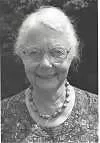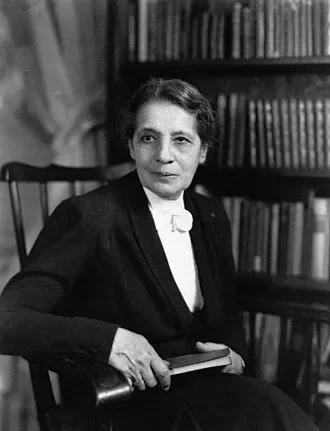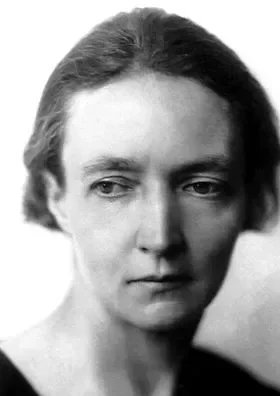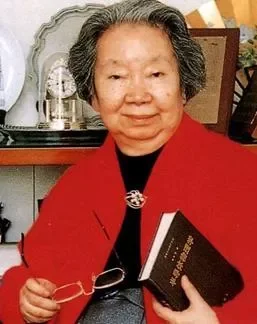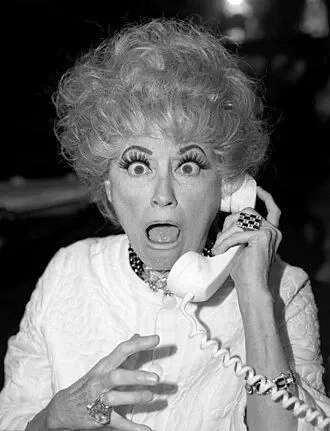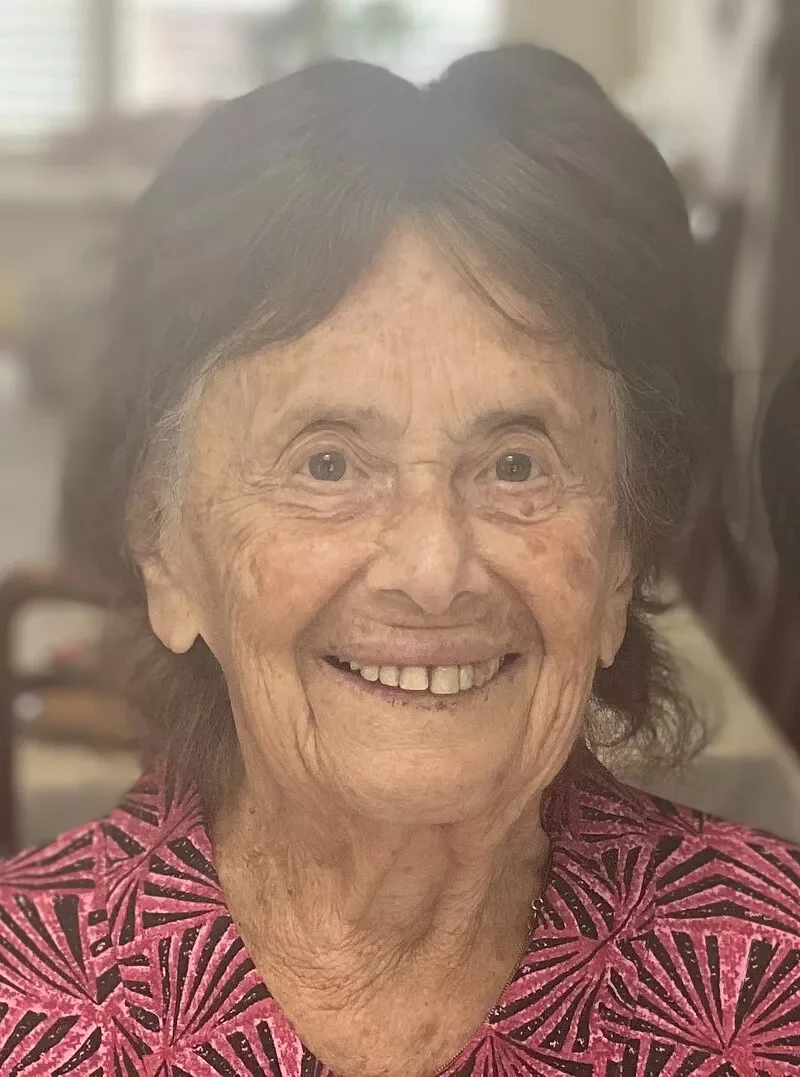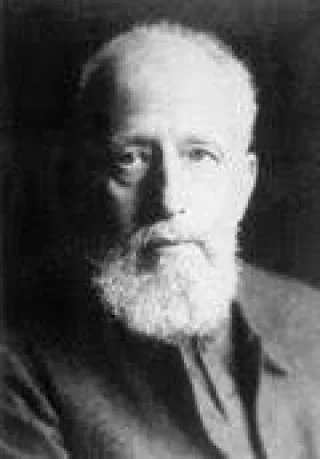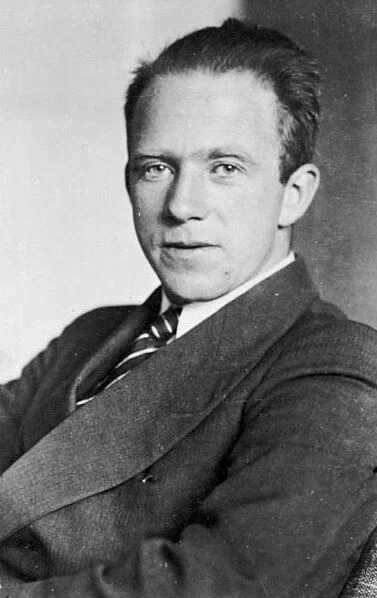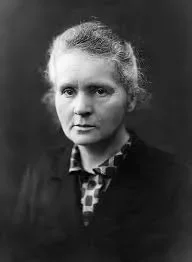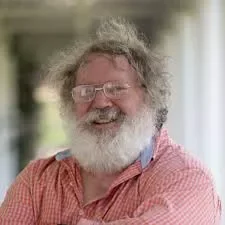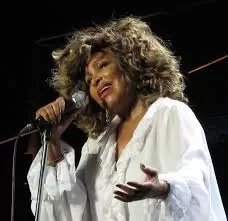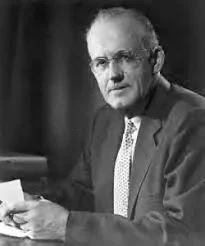Real Celebrities Never Die!
OR
Search For Past Celebrities Whose Birthday You Share
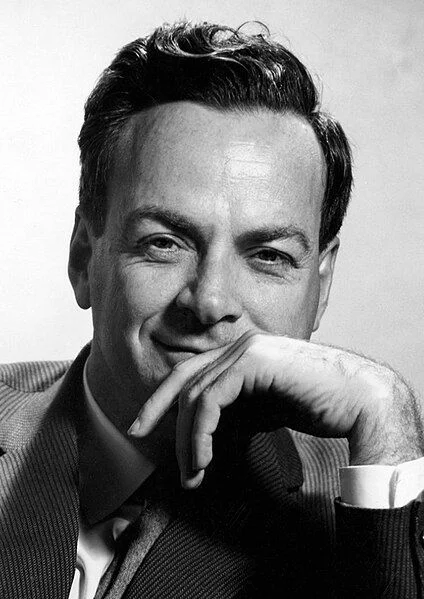
source:wikipedia.org
Richard Feynman
Birthday:
11 May, 1918
Date of Death:
15 Feb, 1988
Cause of death:
Abdominal cancer
Nationality:
American
Famous As:
Theoretical
Age at the time of death:
69
Richard Phillips Feynman: The Curious Physicist
Richard Phillips Feynman was born in Queens, New York on May 11, 1918. He was a renowned physicist in the 20th century. Both scientists and the public adored him for his unique approach and charm.
Early Life and Education
Feynman’s parents, Melville and Lucille, were Jewish. Richard’s father, a uniform salesman, nurtured his son’s curiosity about the world. From an early age, Feynman showed an extraordinary aptitude for mathematics and science. He was only 15 when he independently learned trigonometry, advanced algebra, infinite series, and calculus.
After completing his studies at Far Rockaway High School, Feynman enrolled at the Massachusetts Institute of Technology (MIT). There, he excelled in both physics and mathematics. He earned his bachelor’s degree in 1939 and then went to Princeton University for his Ph.D. under the guidance of John Archibald Wheeler.
The Manhattan Project and Early Career
Feynman’s genius was evident, and in 1941, he was called upon to join the Manhattan Project, the U.S. government’s covert effort to build the atomic bomb. At the tender age of 24, Feynman achieved a remarkable milestone by becoming the youngest group leader in the theoretical division at Los Alamos National Laboratory.
Feynman married Arline Greenbaum, his high school sweetheart, during this time. She was fighting tuberculosis. Sadly, Arline died in 1945, right before the Manhattan Project was finished.
Groundbreaking Work in Quantum Electrodynamics
Feynman started his academic journey at Cornell University after the war. This is where he made his revolutionary discoveries in quantum electrodynamics (QED). He was later awarded the 1965 Nobel Prize in Physics, shared with Julian Schwinger and Sin-Itiro Tomonaga for his work.
To understand QED, Feynman created “Feynman diagrams,” which are visual tools used to depict and calculate particle interactions. With these diagrams, physicists could now think about and communicate complex quantum processes in a new way.
Teaching and Later Career
Feynman began teaching at Caltech in 1950, remaining there for his entire professional life. Due to his engaging and unconventional teaching style, Feynman earned the love of his students. Even today, his lectures, later published as “The Feynman Lectures on Physics,” are a source of fascination and inspiration.
Personal Life and Eccentricities
Feynman was known for his unusual interests and quirky nature. He was a skilled bongo player, an amateur artist, and enjoyed cracking safes in his free time. After Arline died, he went on to marry twice more. First, he married Mary Louise Bell in 1952, but the marriage was brief. He then married Gweneth Howarth in 1960 and had two children with her.
His curiosity went beyond the realm of physics. He learned to speak Portuguese to teach in Brazil, took up drawing and became quite skilled. He even joined a samba band during his time in Rio de Janeiro.
The Challenger Disaster Investigation
In 1986, Feynman was appointed to the Rogers Commission, which investigated the Space Shuttle Challenger disaster. His simple experiment, using ice water and a C-clamp, demonstrated the O-rings’ potential failure in cold temperatures.
Richard Feynman's Quote's
Legacy and Death
Richard Feynman passed away on February 15, 1988, in Los Angeles, California, after a long battle with cancer. He was 69 years old. He was a brilliant scientist and captivating communicator, inspiring many to pursue physics. His death is a great loss.
Feynman’s legacy is seen in both his scientific work and popular books like “Surely You’re Joking, Mr. Feynman!”. His questioning spirit continues to inspire scientific inquiry and teaching today.
Name:
Richard Feynman
Popular Name:
Richard Feynman
Gender:
Male
Cause of Death:
Abdominal cancer
Spouse:
Place of Birth:
Queens, New York, United States
Place of Death:
Los Angeles, California, United States
Occupation / Profession:
Personality Type
Feynman famously developed "Feynman diagrams," which simplify visualizing particle interactions.
His role in the Challenger investigation was instrumental, famously using an ice water experiment to show the O-ring flaw.
Feynman was known for his curiosity and sense of humor, often engaging in unconventional activities, including cracking safes at Los Alamos.
He was a skilled bongo drummer and performed in both the U.S. and Brazil.
Nobel Prize in Physics (1965) for his contributions to quantum electrodynamics (shared with Julian Schwinger and Sin-Itiro Tomonaga).
Developed Feynman diagrams, a powerful tool in theoretical physics.
Contributed to the Challenger Space Shuttle disaster investigation in 1986, explaining the O-ring failure.
Played a significant role in the Manhattan Project.

